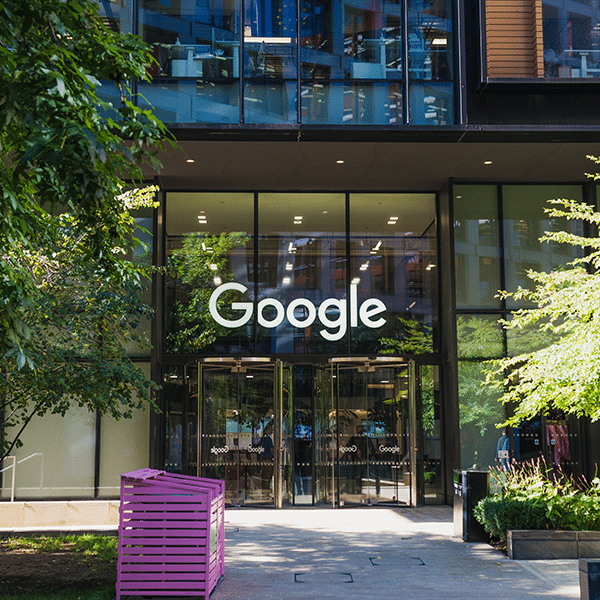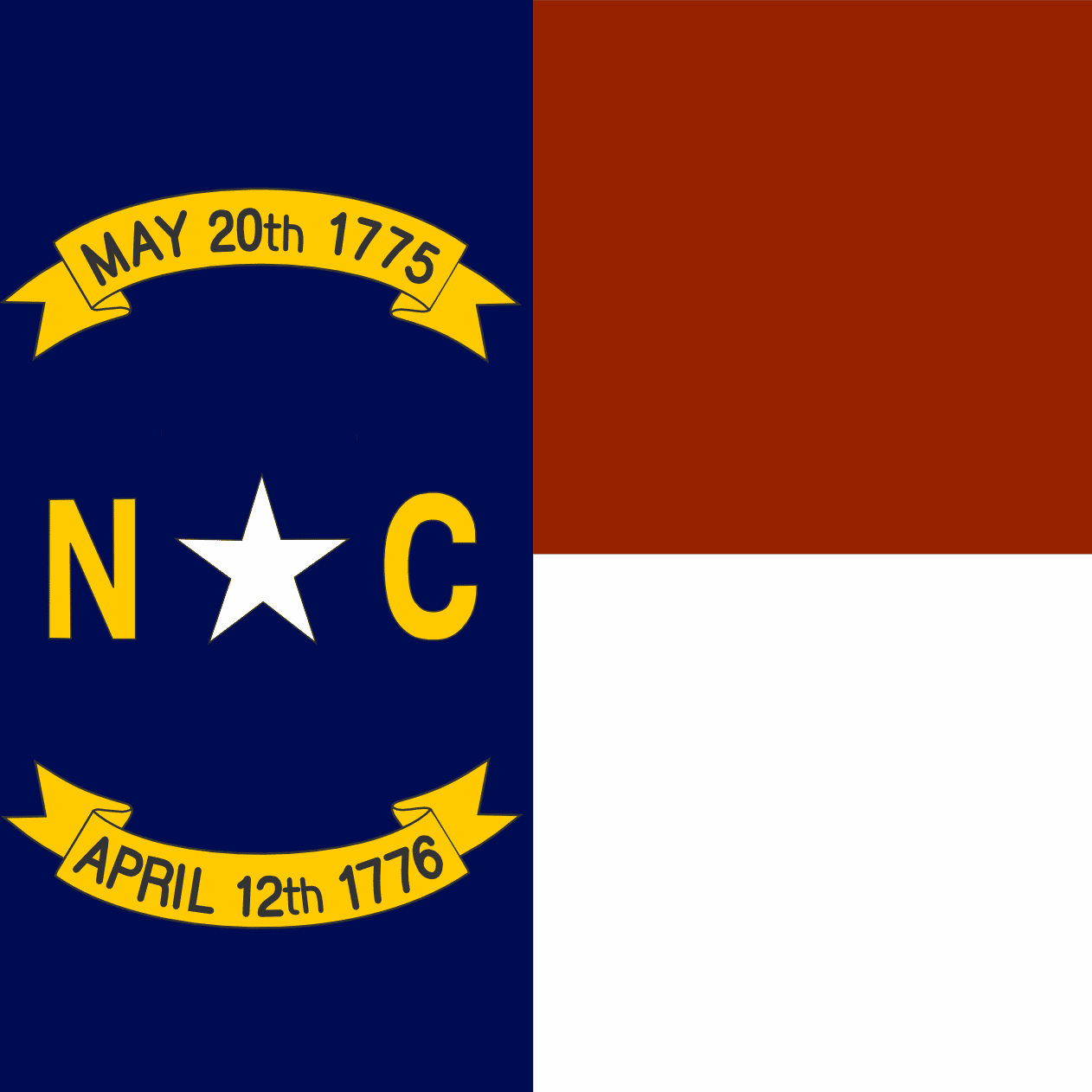Google Fiber is offering several recommendations as state broadband offices prepare their Broadband Equity, Access, and Deployment (BEAD) Program Five-Year Action Plans and Initial and Final Proposals.
There are six recommendations, many of which are supported by subsidiary suggestions. The bottom line is simple: The $42.45 billion BEAD program and other future deployment initiatives will generate a tremendous amount of construction. This will lead to significant dangers if there is any confusion about what infrastructure is already in the ground and what program participants plan to add.
Many projects will be undertaken by companies that are new to the areas in which they are building, which will exacerbate the challenge.
The bottom line is that it is important for BEAD grant winners to deeply coordinate and communicate with local and state officials and other stakeholders. Establishing deep lines of communications now is vital to success later.
The recommendations were offered in a document entitled “Google Fiber’s Open Letter to State Broadband Leaders on Planning for BEAD and Future Deployment Efforts,” which was written by Ariane Schaffer, Google Fiber’s Public Policy and Government Affairs Manager. The Benton Institute for Broadband & Society shared the letter on its web page.
Schaffer’s aim is to provide answers and suggest options related to a straightforward question: What can state broadband leaders do right now to remove barriers for broadband deployment?
Highlights from the six recommendations:
1. Take advantage of One Call Centers: 811 centers enable utilities to mark their assets before new excavation projects occur.
Schaffer cautions that the current “locates” process — markings denoting where utilities and others have deployed infrastructure — won’t be able to handle the influx of new projects. New solutions will be necessary if delays and problems are to be avoided. This challenge is exacerbated by a lack of qualified personnel.
There are four best practices in this recommendation:
- Discuss best practices with new “deployers,” including regular participation in utility coordinating committee meetings. Excavators also should take the states’ free 811 training and conduct pre-construction meetings.
- The state broadband office should share the locations where publicly funded projects are planned with states’ 811 centers.
- Consider using broadband funding to support in-house locates.
- Cooperation between state 811 centers and state broadband offices should include educating construction crews on best practices for the state and a one-page summary promoting safe digging and modernizing technology. Reporting of chronic “damagers” should be encouraged.
2. Streamline permitting: Create standardized resources for cities and counties to simplify the permitting process.
This step includes:
- Create an online one-stop shop for submitting permits.
- Streamline the application, inspection and review process.
- Arrange regular meetings with organizations deploying broadband to escalate concerns before they become problems.
- Support automatic online tracking tools to ensure all tracking on a single system.
- Distribute a model “requirements checklist” to local governments for use when organizations deploying broadband reach out to engage. Insight into the entire process is critical, Schaffer writes.
3. Promote broadband choice and competition for residents of multifamily properties. Ensure that consumers are aware that multiple ISPs exist.
4. States should designate a liaison to coordinate with cities on broadband build-outs, best practices in permitting and guidance on navigating general challenges.
5. Encourage communities to consider and use innovative deployment processes and construction techniques, such as micro trenching, that speed deployment and cut construction time. Supporting innovation can also include flexibility in building locations. This could mean having city officials available to meet a construction crew on short notice for a redesign approval.
6. Establish state-county-city task force that regularly share information and troubleshoot issues.
Google is no stranger to helping providers understand and streamline key elements of high speed networks. In May, 2021, the greater Kansas City community – the first Google Fiber city — formed Mayor’s Bistate Innovation Team. The goal was to develop a plan for the region to best leverage the planned network. The beta version of this plan, called the Google Fiber Playbook, offers a series of recommendations. A summary of these recommendations was posted on the Google Fiber Blog.



